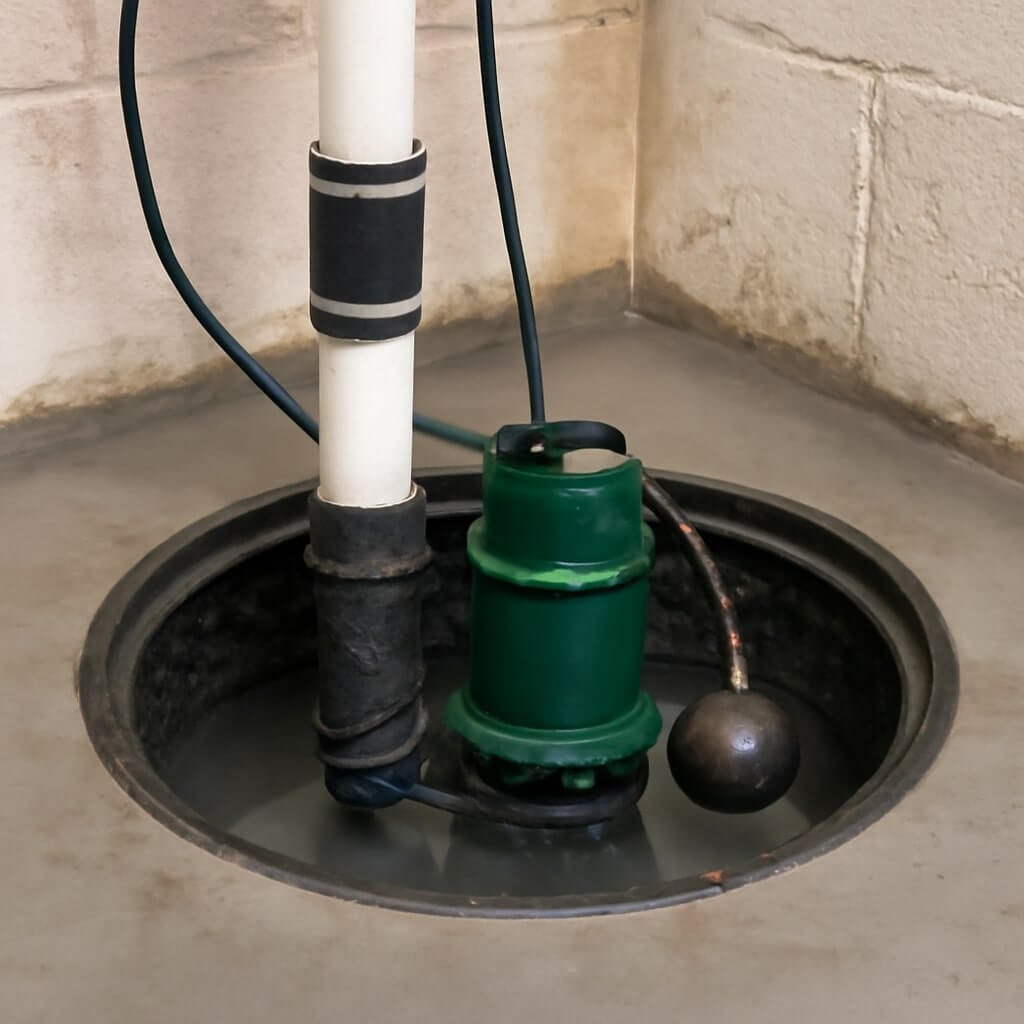Basement flooding is a major concern for homeowners, particularly in areas prone to heavy rainfall or groundwater issues. Sump pumps are crucial devices that can help prevent water from invading your basement, keeping your home dry and safe. In this article, we will explore how a sump pump works, its benefits, and answer some frequently asked questions to help you understand how this device can protect your home from water damage.
What is a Sump Pump?
A sump pump is a mechanical device that is installed in the lowest part of a basement or crawl space, typically in a sump pit. The primary purpose of a sump pump is to prevent basement flooding by pumping excess water out of the area. The pump is activated when the water level in the sump pit rises to a certain level, typically due to heavy rain, snowmelt, or high groundwater levels.
How Does a Sump Pump Work?
- Water Accumulation: Water naturally flows to the lowest point in your home. When heavy rains or snowmelt occur, water can collect in your basement or crawl space. The sump pit, located at the lowest point of the basement, collects this water.
- Activation: Once the water level reaches a certain point in the sump pit, the sump pump’s float switch is triggered. This activates the pump, which then starts to remove the water from the sump pit.
- Pumping the Water Out: The sump pump uses a motorized pump to push the water through a discharge pipe, which leads the water out of the home, often directed away from the foundation.
- Prevention of Flooding: By continuously or periodically removing excess water, the sump pump prevents the water from accumulating in the basement, thus reducing the risk of flooding and water damage.
Why Should You Install a Sump Pump?
- Prevents Basement Flooding: The most obvious benefit of installing a sump pump is the prevention of basement flooding. Excess water can damage walls, floors, and the foundation, leading to costly repairs. A sump pump keeps the basement dry and protects your home’s structural integrity.
- Protects Your Belongings: Basements often store important items like furniture, documents, and valuables. Water damage can ruin these items, leading to significant financial loss. A sump pump ensures that your belongings are safe from water damage.
- Improves Air Quality: Excess moisture in the basement can promote the growth of mold and mildew, leading to poor indoor air quality. A sump pump helps to keep the basement dry, reducing the risk of mold and improving the air quality in your home.
- Increases Property Value: Homes with a sump pump are often considered more desirable because they are less likely to experience flooding. Installing a sump pump can increase your home’s resale value, especially in areas prone to flooding.
- Prevents Soil Erosion: Over time, water buildup around your foundation can erode the soil, compromising the stability of your home. A sump pump helps to prevent this erosion by directing water away from the foundation.
Types of Sump Pumps
There are two main types of sump pumps:
- Submersible Sump Pumps: These pumps are placed directly in the sump pit and are designed to be fully submerged when operating. They are more efficient and quieter than pedestal pumps, making them ideal for most homes.
- Pedestal Sump Pumps: Pedestal sump pumps have the motor mounted above the sump pit, making them easier to maintain. While they are often more affordable, they tend to be louder and less efficient than submersible pumps.
How to Maintain a Sump Pump
- Regular Inspection: Check your sump pump regularly to ensure it is working properly. Inspect the float switch, check the discharge pipe for blockages, and make sure the pump is not clogged with debris.
- Test the Pump: Periodically test the sump pump by pouring water into the sump pit and ensuring that the pump activates and drains the water efficiently.
- Keep the Sump Pit Clean: Clean the sump pit to remove any debris that could clog the pump. This ensures that the pump operates efficiently and lasts longer.
- Battery Backup: Consider installing a battery backup for your sump pump. This ensures that the pump continues to function during power outages, which are common during heavy storms.
Common Issues with Sump Pumps
- Clogged or Frozen Discharge Pipe: If the discharge pipe becomes clogged or frozen, the pump will not be able to drain the water. Regularly inspect and maintain the discharge pipe to prevent this issue.
- Power Failure: If your sump pump relies on electricity, a power failure can render the pump useless. A battery backup system is essential to ensure the pump continues to operate when the power goes out.
- Pump Failure: Like any mechanical device, sump pumps can wear out over time. If the pump fails, water will not be removed from the sump pit, leading to flooding. Ensure you replace your sump pump when it reaches the end of its lifespan.
FAQ’s About Sump Pumps
1. How much does it cost to install a sump pump?
2. Can a sump pump prevent water from coming into my basement?
3. How long do sump pumps last?
4. Is a sump pump necessary for every basement?
5. How can I know if my sump pump is working properly?
Conclusion
Sump pumps are essential for preventing basement flooding and protecting your home from water
